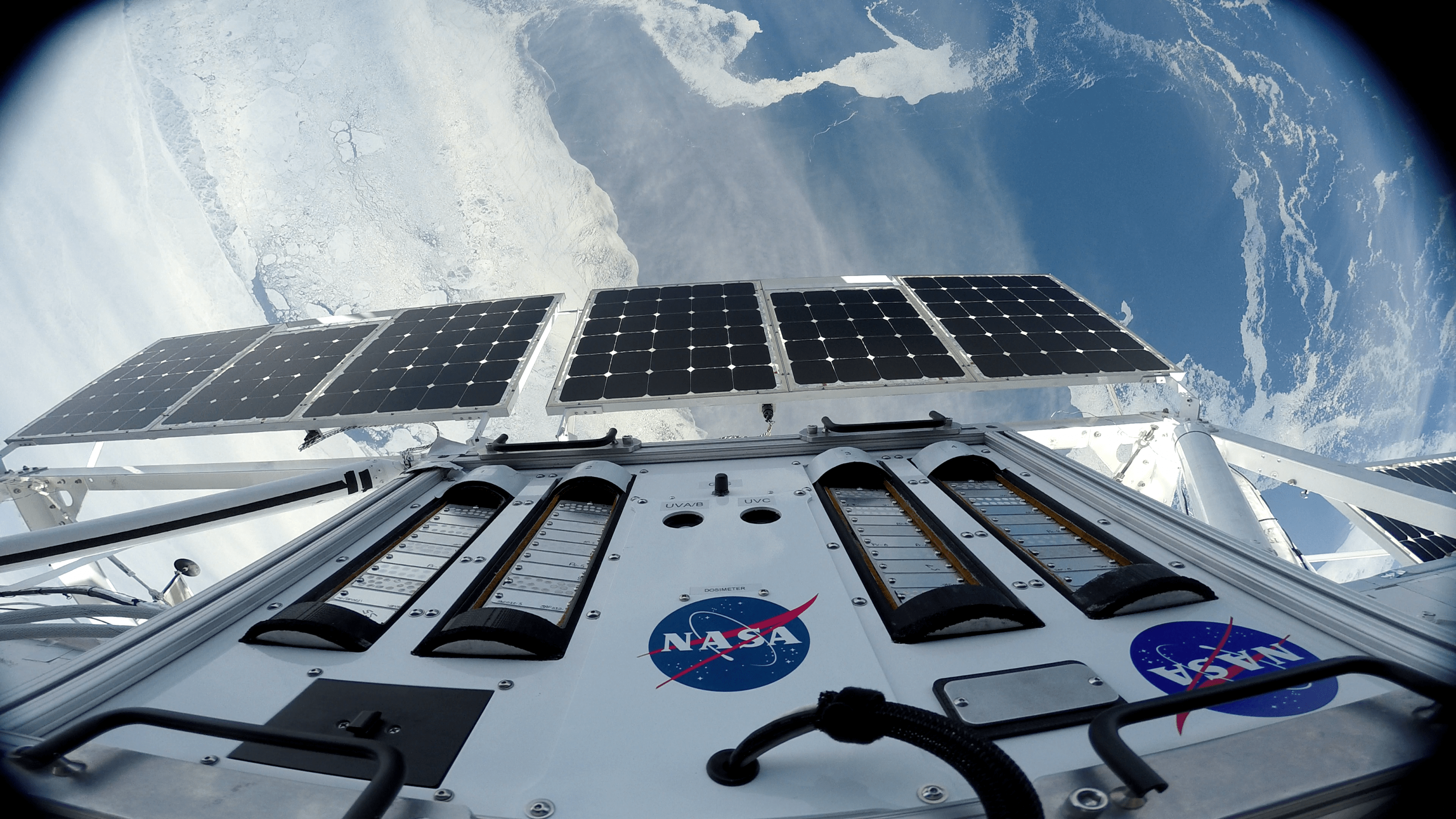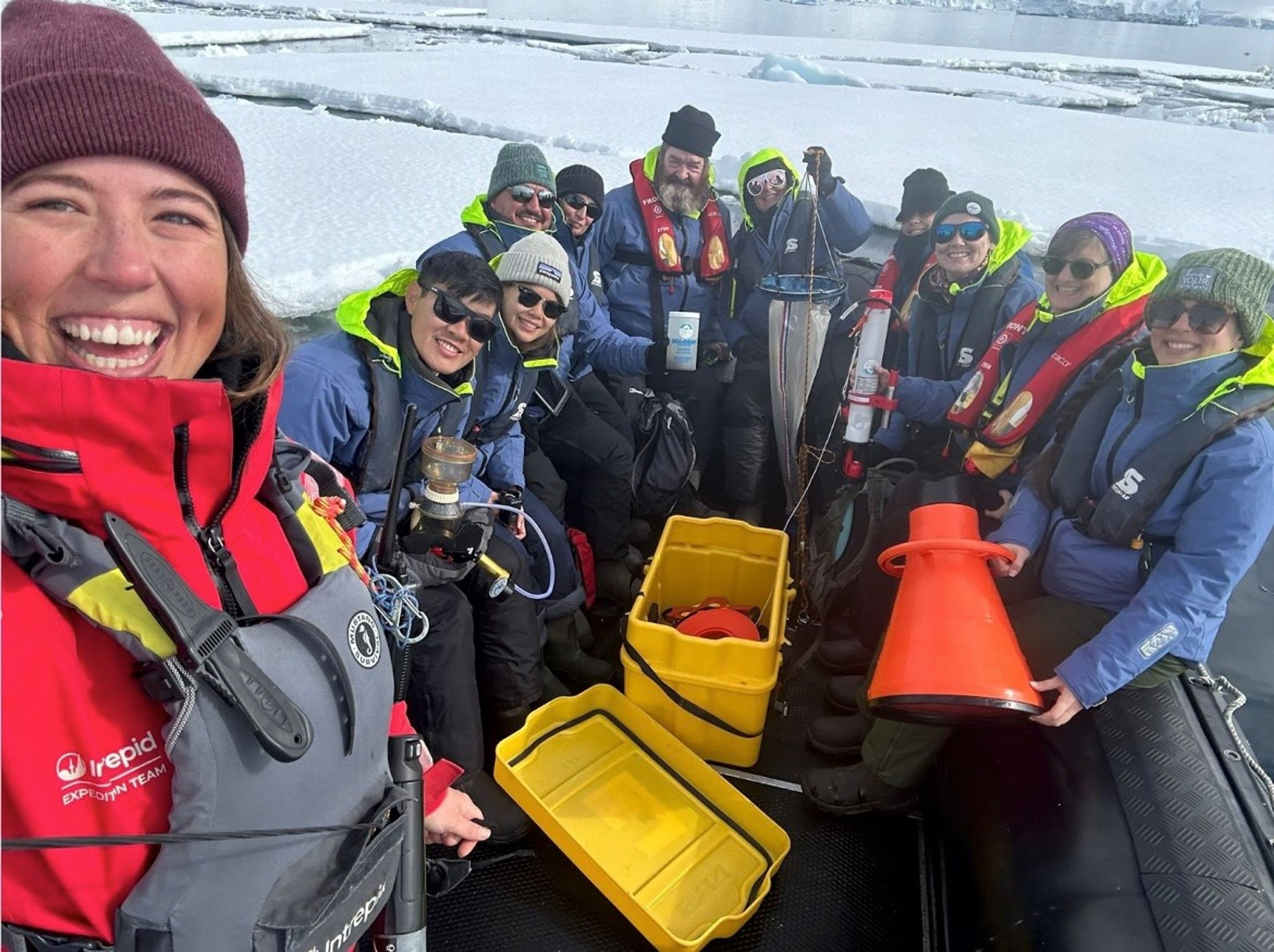NASA’s Division of Biological and Physical Sciences (BPS) uses the spaceflight environment to study phenomena in ways that cannot be done on Earth.
In 2020, NASA transferred administrative oversight of NASA’s biological and physical sciences research from the Space Life and Physical Sciences Research and Applications (SLPSRA) Division in the Human Exploration and Operations Mission Directorate into the Science Mission Directorate (SMD), a NASA directorate organization that pursues outstanding science and understands its potential application to future exploration missions.
The vision for BPS, in keeping with the NASA Strategic Plan and Decadal Survey, is: We lead the space life and physical sciences research community to enable space exploration and benefit life on Earth.
The mission of BPS is two-pronged:
- Pioneer scientific discovery in and beyond low Earth orbit to drive advances in science, technology, and space exploration to enhance knowledge, education, innovation, and economic vitality
- Enable human spaceflight exploration to expand the frontiers of knowledge, capability, and opportunity in space
Execution of this mission requires both scientific research and technology development.
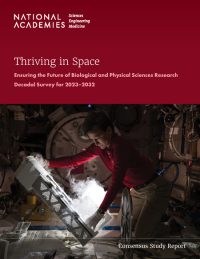
Biological and Physical Sciences Stories

Sadie Coffin Named Association for Advancing Participatory Sciences/NASA Citizen Science Leaders Series Fellow
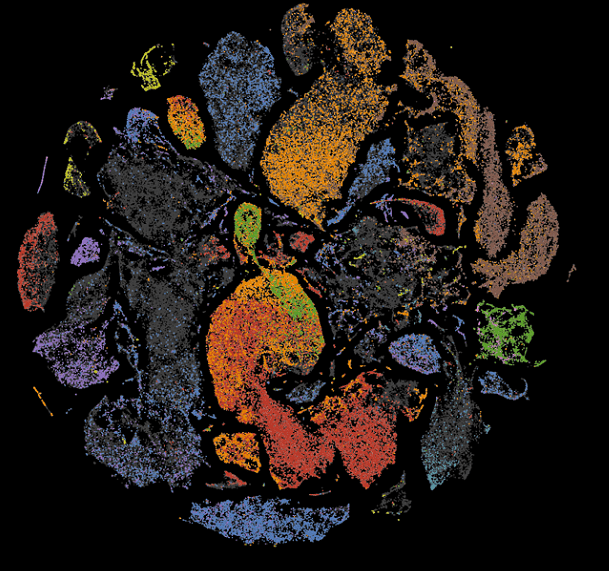
We Are All Made of Cells: Space and the Immune System

Watch How Students Help NASA Grow Plants in Space: Growing Beyond Earth

BPS administers NASA’s:
- Space Biology Program, which solicits and conducts research to use the space environment to advance our knowledge of how gravity affects the design and function of living organisms, and to understand how biological systems accommodate to spaceflight environments.
- Physical Sciences Program, which solicits and conducts research using the space environment as a tool to provide transformational insights in physics and engineering science, and to understand how physical systems respond to spaceflight environments, particularly weightlessness and the partial gravity of planetary bodies.
- Commercially Enabled Rapid Space Science project (CERISS), which will develop transformative research capabilities with commercial space industry to dramatically increase the pace of research.
BPS partners with the research community and a wide range of organizations to accomplish its mission. Grants to academic, commercial, and government laboratories are the core of BPS’s research and technology development efforts. All BPS solicitations are issued through NSPIRES and all awards are described and results tracked in the Task Book: Biological and Physical Sciences Division and Human Research Program. Partnerships with other NASA organizations, other government agencies, industry and international partners provide access to a broad range of experimental platforms, involvement of a diverse set of experts, and translation of results to a wide community.
BPS research and technology development is conducted on a wide range of experimental platforms including ground-based analogs for spaceflight, drop towers and aircraft that provide seconds of weightlessness, to free-flyer satellites. The International Space Station (ISS) is a critically important United States facility that provides researchers the ability to conduct long-duration experiments in low Earth orbit. ISS allows continuous and interactive research similar to Earth-based laboratories, enabling scientists to pursue innovations and discoveries not currently achievable by other means. BPS is also planning research and technology development to enable human spaceflight and scientific discovery beyond low Earth orbit.
BPS strives for broad involvement of the research and technology development communities in the formulation and dissemination of its work. BPS typically solicits for teams of investigators for spaceflight investigations to maximize the scientific benefit derived from the experiments. BPS also emphasizes the importance of archiving data, metadata, computational tools, and samples after spaceflight experiments to enable future experiments. The NASA Open Science Data Repository (which combines both GeneLab and the Ames Life Sciences Data Archive) and the Physical Sciences Informatics database are the principal repositories.
What We Study
Space Biology Overview
The main objective of Space Biology research is to build a better understanding of how spaceflight affects living systems in spacecraft such as the International Space Station (ISS), or in ground-based experiments, and to prepare for future human exploration missions far from Earth.
Physical Sciences Overview
The Physical Science Research Program makes contributions in two distinct areas: fundamental research, which investigates physical phenomena in the absence of gravity and fundamental laws of the universe, and second, applied research, which contributes to the basic understanding underlying space exploration technologies.
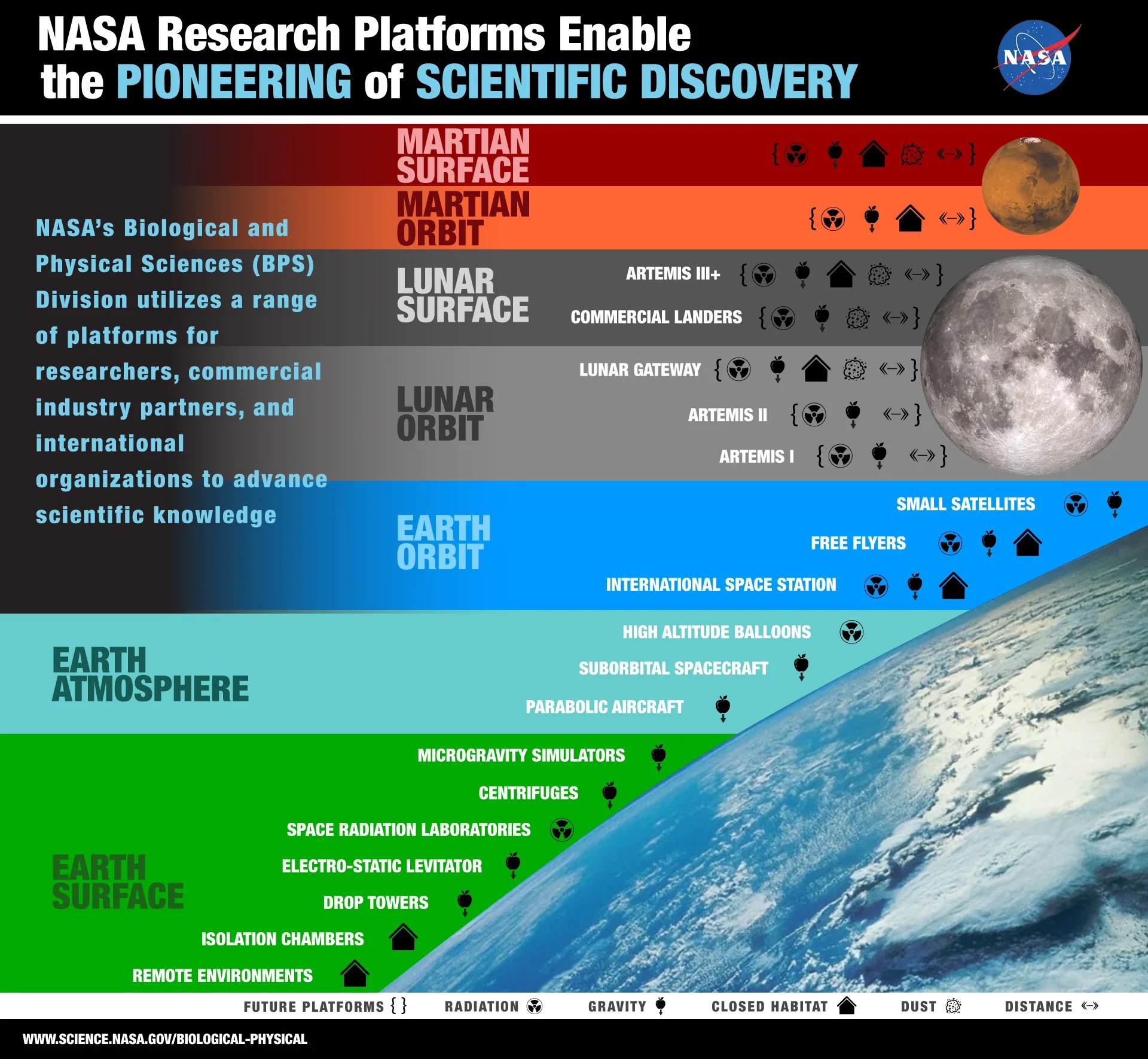
Investigations
Current Investigations
Studying biological and physical phenomena in extreme environments enables researchers to pursue innovations and discoveries in ways not possible on Earth.
Read More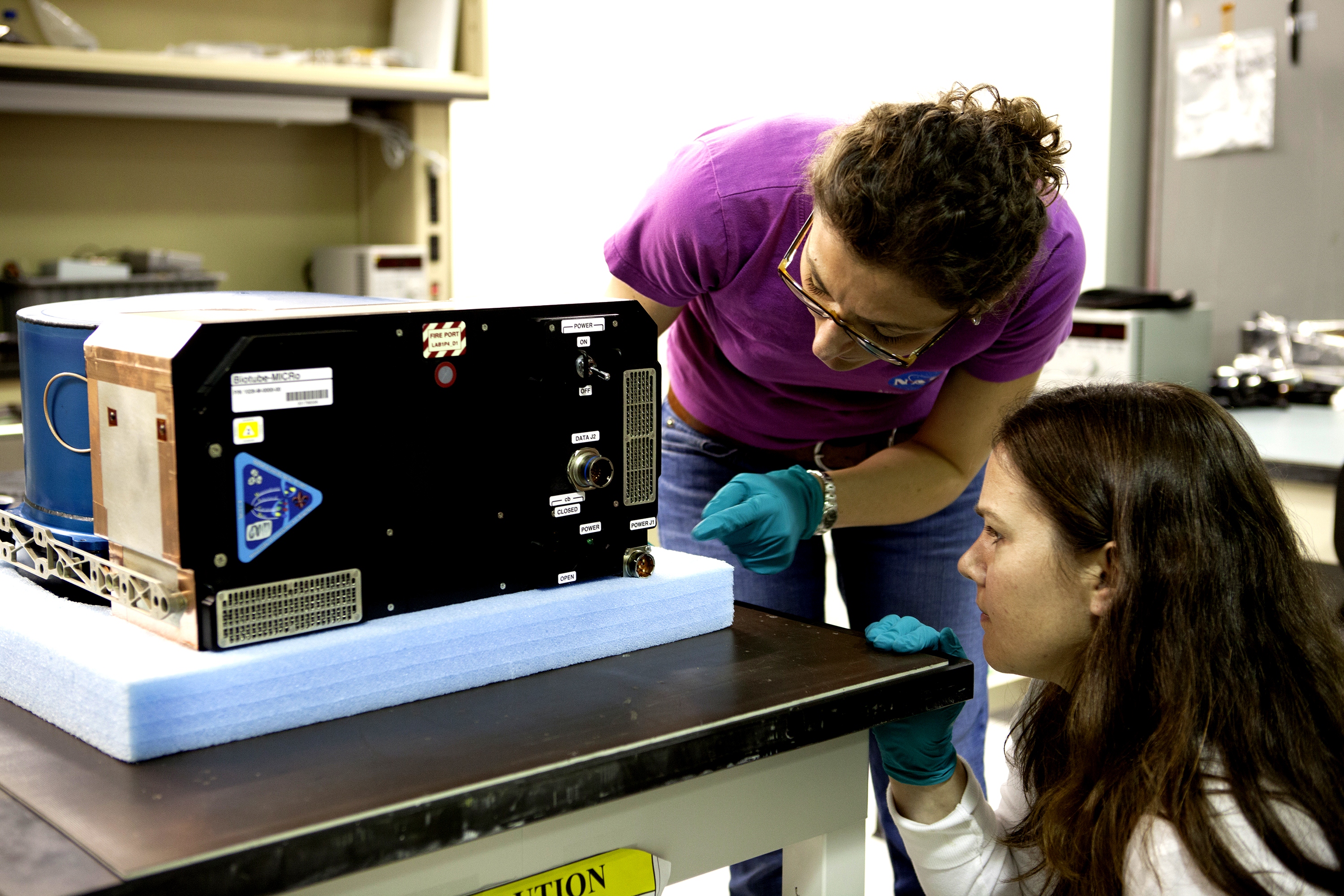
Balloons Offer Near-Space Access for Space Biology Researchers
Balloons are often associated with meteorological studies—gauging weather conditions such as temperature, pressure and humidity in the Earth’s atmosphere. But…
Read the Story